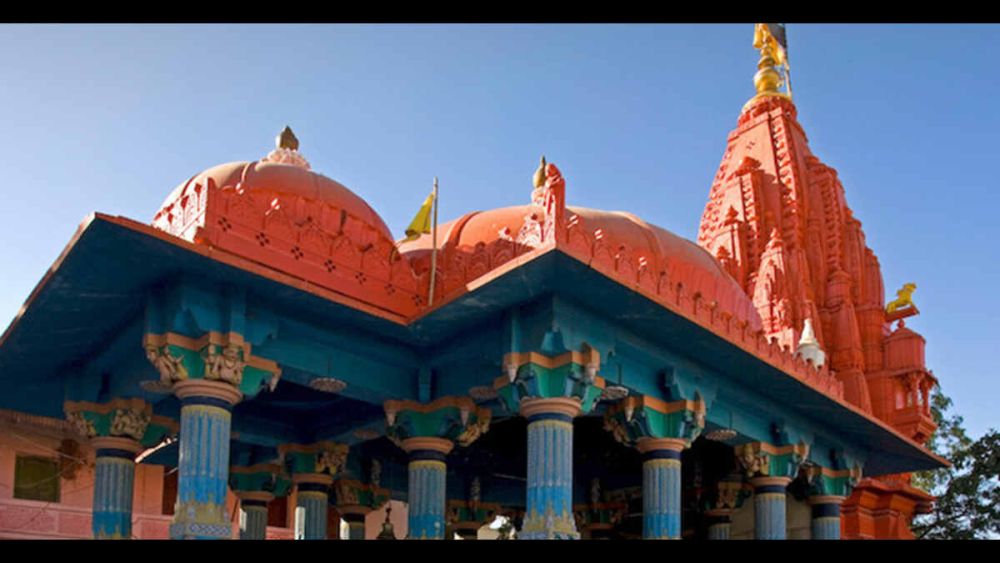

Pushkar, a small town in the Ajmer district of Rajasthan, holds a significant place in India's cultural and spiritual landscape. Known for its religious heritage, it is one of the oldest existing cities of India and has been a pilgrimage site for centuries. The town is famed for its sacred lake, Pushkar Lake, around which hundreds of temples are scattered, including the ancient Brahma Temple.
The Brahma Temple in Pushkar is one of the few existing temples dedicated to the Hindu god Brahma and is believed to be 2000 years old. According to Hindu mythology, Lord Brahma, the creator God, performed a yajna (fire-sacrifice) at this location, lending the site its holy status. Throughout the centuries, the temple has been a focal point for Hindu pilgrims who come to seek blessings and bathe in the sacred lake.
Although Pushkar has been a pilgrimage spot for millennia, tourism began to flourish more broadly in the 20th century. With the growth of both domestic and international tourism, the temple and its surrounding areas have seen an increased influx of tourists who come not only for spiritual reasons but also to experience the rich culture, architecture, and festivities.
The annual Pushkar Fair, also known as Pushkar Camel Fair, significantly contributes to the town's tourism. This vibrant, colorful festival attracts thousands of visitors, traders, and photographers from around the world, and it is considered one of the largest camel fairs globally. During the fair, the town becomes a cultural hub bursting with life, often serving as a peak season for visitors to the Brahma Temple.
In recent years, Pushkar's tourism scene has seen an evolution, embracing the latest trends. There is a rising preference for experiential travel, wherein visitors participate in local activities and immerse themselves in the daily life of residents. Homestays and heritage hotels have become popular accommodations to cater to tourists looking for authentic experiences.
Additionally, there's a growing trend towards sustainable tourism. Efforts are being made to preserve the sanctity of the sacred sites and minimize the ecological footprint of tourist activities around Pushkar Lake and the Brahma Temple.
With the advent of technology, digital platforms are increasingly used for bookings, virtual tours, and imparting information about the temple’s history and significance, making it more accessible to a global audience.
The Brahma Temple in Pushkar remains a timeless attraction, drawing visitors with its spiritual aura and cultural importance. As tourism trends evolve, Pushkar adapts, ensuring that this ancient city continues to beckon travelers from across the world while maintaining its cultural and environmental integrity.